

Upon its release in 1998, Thief: The Dark Project rapidly gained critical acclaim for its defiance of well established video game conventions. Praised for emphasizing stealth over combat and allowing players a choice in how to complete goals, the series has become a patron saint of the modern stealth game, paving the way for an entire emerging genre. A full nine years after the release of its last entry in the series, how does Thief hold up in a market now flooded with derivations?
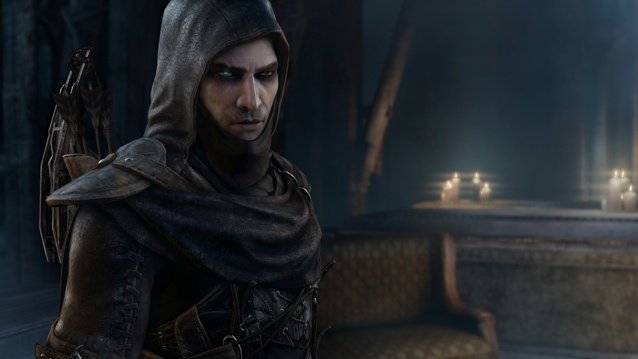
Thief features the return of Garrett the Master Thief, lead character of the previous three installments. After an extended absence following a heist gone wrong, Garrett returns to The City to find it under the rule of The Baron, an oppressive leader whose Watch guards terrorize and control the citizens while protecting the wealthy upper class. As a plague sweeps the streets and revolution stirs amongst the people, Garrett soon becomes entangled in a nasty battle over a mysterious stone, a highly sought after source of power responsible for the demise of his former protege. In an existence fraught with greed and selfishness, where will Garrett stand as the city around him devolves into chaos?
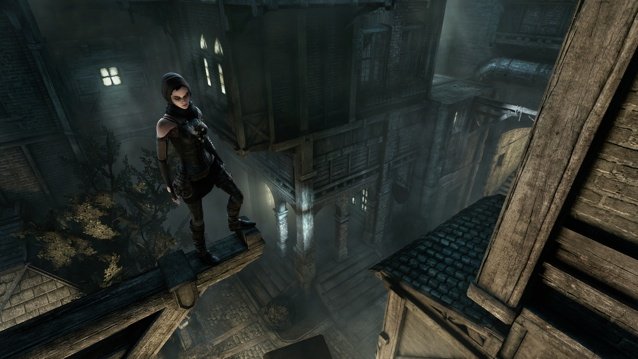
The Thief experience as many fans know it is largely unchanged. The game sticks close its stealth roots, limiting weapons and discouraging direct combat; the few weapons and tools available are mostly non-lethal in nature. A variety of specialty arrows aid in navigating heights or subduing guards; bottles and glasses can be thrown to distract them. A blackjack is used to knock out NPCs while a razor and wrench disarm traps and open hidden paths to vendors under the streets of The City. Enemies are alerted to Garrett’s presence by a variety of clues, reacting to shifting shadows, heavy or rapid footsteps, and changes in the environment (like looted boxes or missing guards). Birds will squawk at sudden movement and dogs will respond to his scent and bark. There are many options for overcoming obstacles but evasion is prized above all.
An intuitive power known as Focus allows Garrett to sense light sources, hidden traps, high value loot, and active items in the nearby area. As gold is earned and missions completed, Focus ability points can be invested to receive additional skills, from heightened senses to increased health and agility. With a new move known as “swoop”, Garrett can now rush forward in a single fluid movement, flitting with enough grace and speed to evade detection even in close quarters.
As the player discretely navigates the many rooftops of The City, pickpocketing citizens and snatching hidden trinkets, upgrades can be purchased with Garrett’s growing stash of coin, from tools to Focus ability points to trinkets that provide boosts and bonuses. Following each mission, the screen lists in-game statistics, noting the time it took to complete the chapter, the number of times you killed, were detected by, or knocked out a guard, and the percentage of loot items collected, among other things. The player is awarded the title of Ghost, Opportunist, or Predator based on their approach, reflecting if they chose aggression, evasion, or a combination of both. Each chapter can be replayed to improve the final score, which is also tracked by online leaderboards.
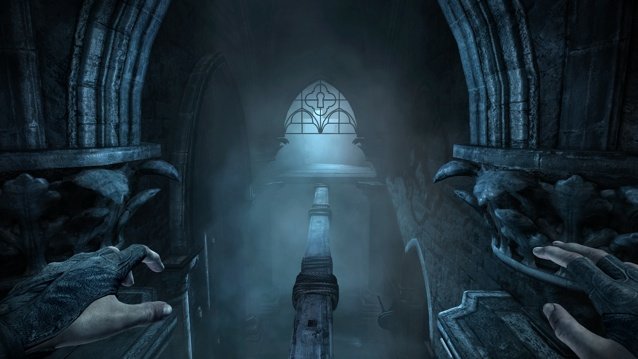
This was my first experience with Thief but I’ve played many of the games it influenced over the past fifteen years, including two that it directly inspired: Dishonored and Mark of the Ninja. The latter was a well done take on the stealth conventions established by Thief, adapting to the sensibilities of the 2D side scrolling platform. The former, which more closely resembled a traditional Thief game, I abandoned after only four hours. I’d always attributed this to my oversaturation with The Elder Scrolls: Skyrim and the hundreds of hours I’d spent creeping around in caverns full of Bandits, but maybe my subconscious knew what my conscious would acknowledge later: stealth games are at their best in simplest form. No fancy doo-dads or magical powers, just a light pair of limbs and a honed sense of intuition. Where Dishonored failed, Thief continues to achieve. Despite the use of its conventions across many AAA titles, the game remains a challenge. The tedium of crawling past countless armed enemies is far outweighed by the satisfaction of successfully pulling it off. Count this as among the few games that manages to be fun because of, not despite, its difficulty level.
In other areas, Thief is less than perfect. I am disappointed by the story and script. A major problem with stealth games is that there are few scenarios that believably justify the player’s need to constantly avoid detection, and those situations generally rely on the presence of guards. That’s not Thief’s fault but rather, the reality of the genre. However, combined with the plague backstory, the first few hours of Thief feel a lot like Dishonored and frankly there’s only so much banal guard chatter and plague propaganda that one girl can take.
That could perhaps be overlooked if not for the abysmal dialogue. Some of it is so poorly written it’s already become a punchline in my two-person household: “‘I’ve never seen this lock before. There must be a key to fit.’” Other scenes are marred by hollow, ambiguous lines as cliched as the story itself.
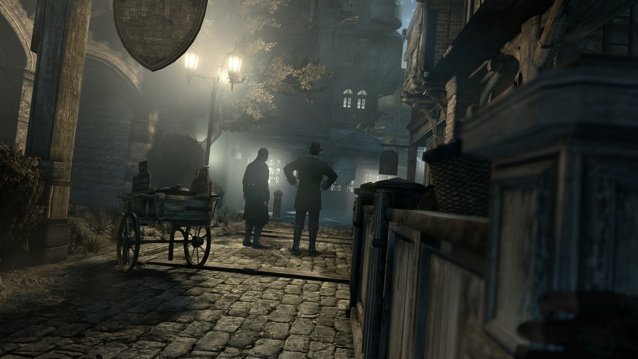
On the technical side, the game is solid. I’m very pleased with the sensitivity of the analog sticks on the Xbox One controller. The precision is flawless and allows for impeccable control. Delicately creeping behind a set of guards, grappling up the side of a building, and swooping into the shadows provides a self satisfied thrill. The rumble feature is also well integrated, and very helpful when picking locks or searching for loot boxes behind paintings.
Overall, Thief is a great play. The script flaws, while annoying, are forgivable in light of the many hours of quality gameplay. It’s not perfect but it’s an enjoyable challenge that will go down as one of the better gaming experiences of 2014.
8.5/10
A copy of the game was provided by the publisher for the purpose of this review.

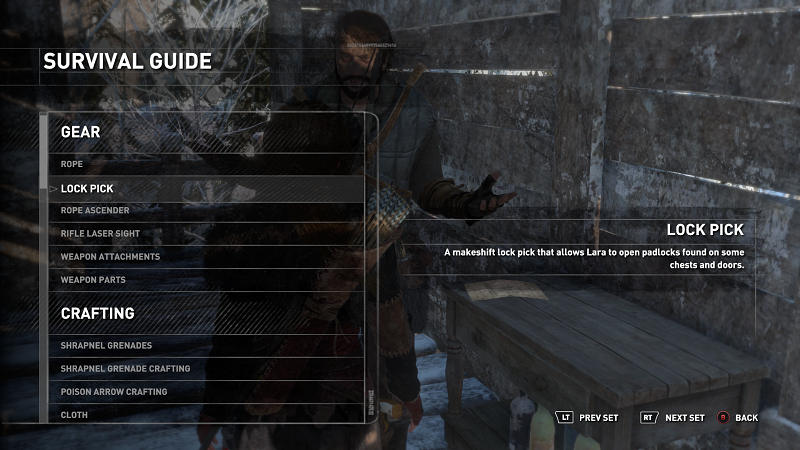


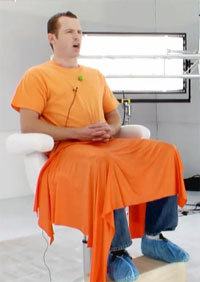 The Big Gamble: Of L.A. Noires Technology and Innovation
The Big Gamble: Of L.A. Noires Technology and Innovation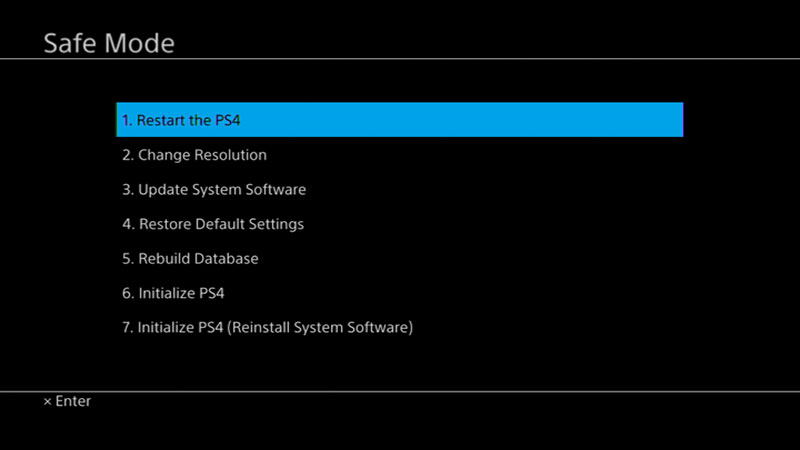 How to update system software on PlayStation 4
How to update system software on PlayStation 4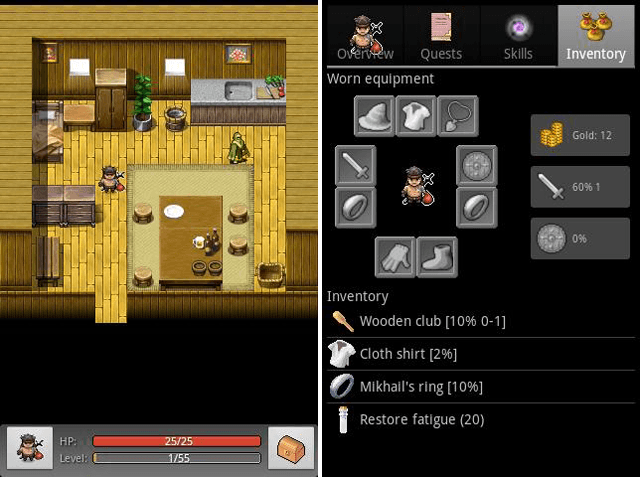 Roguelikes For Android: A New Adventure Every Time
Roguelikes For Android: A New Adventure Every Time Titanfall Titan Classes
Titanfall Titan Classes Risen 2: Dark Waters Guide
Risen 2: Dark Waters Guide